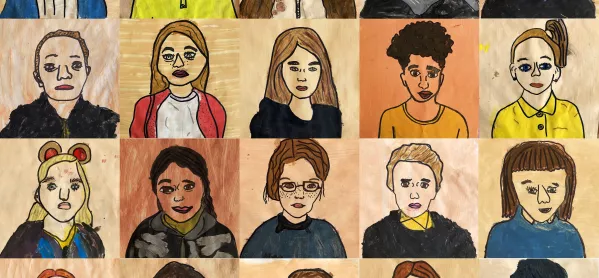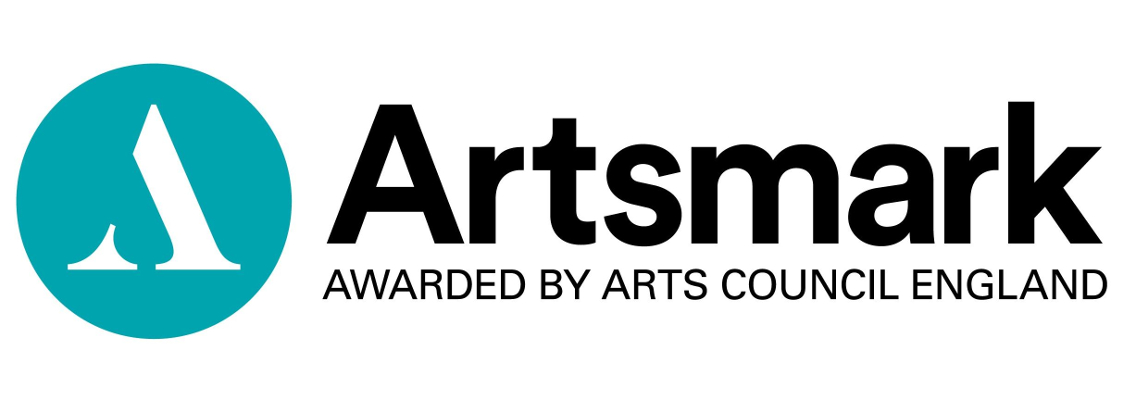How to use the arts to tackle racism in schools

“I put on some music by Ravi Shankar. When the class heard he was from India, one child jumped up and said, ‘That’s me! I’m from India.’ He started air-sitaring away, and his friends were patting him on the back,” Emma Booth, the arts lead at Drake Primary School, remembers. “This is a child who doesn’t normally engage in music. But when he saw himself on screen, it was a huge moment for him.”
The importance of equality, diversity and inclusion has never been more prevalent in society. After decades of tireless campaigning from activists around the world, active anti-racism is becoming deeply embedded in our workplaces, communities and, crucially, in our classrooms.
There’s a lot of work to be done. A recent survey by Beatfreeks commissioned by Arts Council England revealed that less than half of young people (47 per cent) felt the curriculum reflected diversity in regards to ethnicity. It also found that 85 per cent of people of colour and 81 per cent of persons who identified as white supported the decolonisation of the curriculum.
Using the arts to tackle racism in schools and diversify the curriculum
Thankfully, action is being taken. With the help of regional and local campaigners, schools are taking positive action, not only to diversify their curriculum and tackle racism in the short-term, but to future-proof those plans and bring about long-lasting change.
At the heart of many of those strategies has been the arts. Why? Because as well as being hugely visual, the arts allow children to express themselves, says Booth: “As well as embedding diversity, representation and anti-racism, it’s about the core of identity and values and beliefs, and how are we going to help children express those through their art? The arts are so powerful for that. It’s not just about the art we look at, it’s also about the art our children can create, which allows them to say what they think about the world.”
At Drake Primary, in Thetford, Norfolk, Booth and the school’s diversity lead, Lorraine Prince, have been embedding representation across the curriculum using the Artsmark Award framework to support them.
A particular project has been transformational: inspired by Brazilian photographer Angélica Dass’ Humanae project, every pupil and every teacher has drawn a self-portrait and mixed colours to match the colour of their skin.
The project opened up really important conversations about melanin, as well as identity, says Prince: “It was controversial, but we all started off with brown, and then we either made it darker or made it lighter. It helped children understand we are all melanin; some of us have less, some of us have more.”
This term everyone will draw a second self-portrait, but this time the focus will be on who they are on the inside, showcasing their interests and family values. “We’re all going through this journey together and skin colour could be a big part of you, or it could be a little part of you,” says Prince.
“We encouraged conversations about that because I think some people shy away from conversations about skin colour as if we shouldn’t talk about that. But actually, that is a part of everybody’s identity. And so we opened up those conversations, so the impact came from helping teachers to have conversations and feel comfortable with that.”
Representation in the curriculum is vital
At Welbourne Primary School, in North London, registering for the Artsmark Award prompted teachers to put their arts curriculum under the microscope, and they realised there was a lack of diversity among the artists and musicians in their curriculum.
“We reviewed our arts curriculum and noticed that the artists our children were exposed to were often white middle-class men from the past like Van Gogh or Picasso,” says Marina Simkassi, the creative arts lead at Welbourne.
“As a school, we had already begun discussions on diversifying the curriculum, how representation matters in particular to the community we serve, and had a great whole-school Inset which kick-started reflection on practice.
“We’ve seen a change in the images we show, the history we teach and even the language we use in some cases. In art, we feature more diverse artists like Hassan Massoudy, Olumide Egunlae, Georgia O’Keefe Victoria Villasana and Hokusai - and we are now working on the same for music, too.”
None of this work comes easily - and both schools have experienced challenges along the way.
At Drake Primary School, Booth says, although staff were keen to tackle racism and increase diversity, they were nervous.
“Staff were unsure of the language: helping them feel comfortable has been a big challenge. But the Angélica Dass project comes with a framework and language to use and it’s been really useful for them,” she says. “We were all a bit nervous at first about making sure we’re saying the right things, and to support children to express themselves comfortably.”
At Welbourne, Simkassi says there was a gap in teachers’ own subject knowledge.
“In all honesty, we found it hard to find appropriate artists which were of a diverse gender or race,” she says. “This shocked us at first, but, of course, it’s where the work had to start. We did a lot of research and found many articles to inspire us.”
Taking positive action on equality, diversity and inclusion together
It’s not a journey teachers have to go through alone, says musician, author and music education consultant Nate Holder. He says schools need to cater to individuals - and shouldn’t be afraid of external support.
“A big thing is really understanding who these children are, and thinking about, what are you trying to teach? Then it’s about catering to each individual child, which is no easy feat. It’s extremely difficult,” he says.
“There are a lot more people who are speaking about different experiences now and helping us to understand that. At four years old, every child in your class is not the same, they’ve had four years of different cultures, different foods, different music. When you look at 10-year-olds, 15-year-olds, there’s so much more they’ve experienced - we can’t treat everyone just the same.”
Simkassi says the impact that the revised curriculum has had at Welbourne has been massive.
“Children see themselves in the artists and musicians they study. Not only does this help engagement but they see these art forms as real possibilities for them to follow in the future,” she says. ”The children are more engaged, and therefore behave better - and staff seem more engaged with this teaching, often learning about new artists themselves and using their own heritage or ethnicity to share in class.”
The benefits of taking positive action on equality, diversity and inclusion are clear - and when that cultural shift is made, it improves everyone’s perspective. And although the journey can be a bit daunting, taking a closer look at the curriculum and utilising the power of the arts is a great place for schools to start, says Holder: “Whether it be books we love to read, or music we love to listen to, we all engage with arts on a daily basis.”
